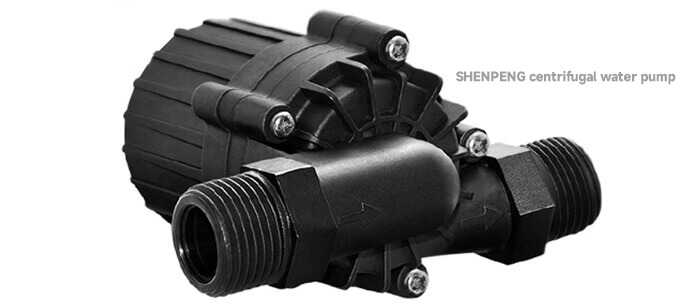What is pump NPSH?
Published:2021-07-03
There are two NPSH, namely the required NPSHr and the effective NPSHa. Some people do not know the difference between them.
NPSHr: Pump NPSH, also called required NPSH or pump inlet dynamic pressure drop (r stands for required), the smaller the cavitation resistance, the better; this is what the general pump manual says, it It is determined by the structure of the pump itself.

NPSHa: Device cavitation allowance, also called effective cavitation allowance (A stands for available), the larger the cavitation, the less likely it is to cavitation; it is determined by the installation.
Sometimes we say that the NPSH of the pump is 6 meters, which refers to the NPSHr parameter. That is to say, if the pump is to be free from cavitation, the actual cavitation allowance of the device must be greater than 6 meters to prevent cavitation. If the NPSHr is 8 meters, the actual cavitation allowance of the device must be greater than 8 meters to prevent cavitation. The larger the eclipse margin, the weaker the anti-cavitation ability of the pump.
For example, a soldier must be taller than 1.6 meters tall. Someone’s actual height is 1.8 meters. 1.6 meters is equivalent to the required cavitation margin, and 1.8 meters is equivalent to the device's cavitation margin (effective). 1.8-1.6=0.2 meters reflects the height margin. If the soldier must increase his height to 1.7 meters, the height margin will be less, which is equivalent to the weaker the anti-cavitation ability of the pump.
The so-called effective NPSH is confusing. Even the concept of effective net positive suction head, I prefer to understand it as the actual net positive suction head. It refers to the net positive suction head calculated from the actual installation position corresponding to the actual fluid of the pump under actual working conditions. Of course, the larger the pressure, the less cavitation will occur.
Sometimes we need to calculate the suction stroke, which is the allowable installation height of the pump. The unit is in meters.
The calculation formula for suction stroke is: suction stroke = standard atmospheric pressure (10.33 meters)-cavitation margin-safety margin (0.5 meters). The vacuum height of the standard atmospheric pressure energy pressure pipeline is 10.33 meters.
npsh of pump formula,what is npsh in centrifugal pump,suction head of pump,suction head of pump formula,npsh required for centrifugal pump,npsh available calculation excel,how to increase npsh available,npsh available greater than npsh required
- Distribution in Water Heater Mattresses: Why BLDC Pumps Ensure Uniform Heating
- How BLDC Pumps Ensure Precise Flow in Water Dispensers
- Why BLDC Pumps Are Essential for Smart Toilets
- The Critical Role of Automotive Electronic Water Pumps in New Energy Vehicle Battery Thermal Management
- Noise Control Technology for Smart Toilet Water Pumps: Enhancing Quiet Operation in Modern Bathrooms
- Unveiling the Working Principle of Automotive Electronic Water Valves
- Comparative Analysis of Liquid-Cooled Pumps vs. Air-Cooled Systems for EV Charging Stations
- Technical Application of Brushless DC Motors in Energy Storage Circulation Pumps
- Water Heater Pump: Efficiency Upgrade for Low-Voltage Systems
- How Dishwasher Water Pumps Enhance Cleaning Coverage Through Stable Operation?
